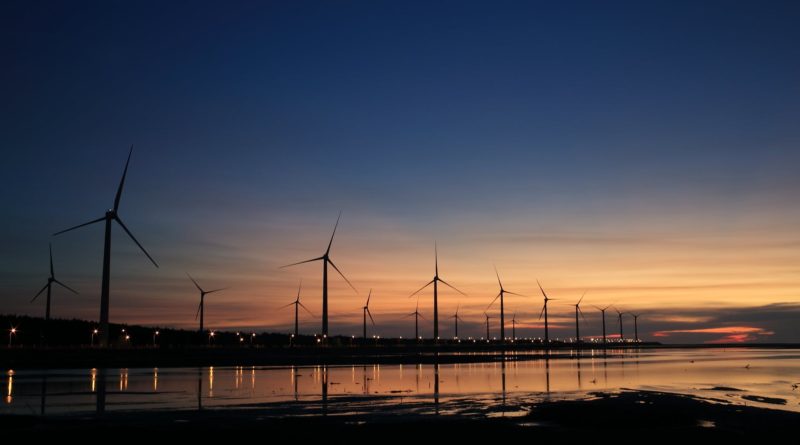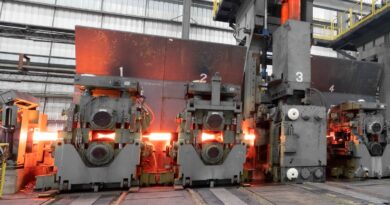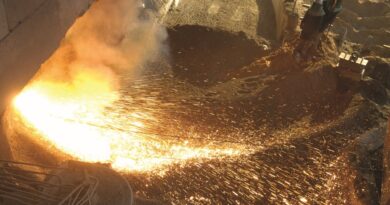Hydrogen and electricity to produce iron
Metals are the backbone of modern economies. But large quantities of CO2 are produced during their production and processing. The metal industry must therefore use more climate-friendly processes in the future.
The electrification of metal production will have a major influence. Aluminium, the second most important metallic material after steel for the aircraft and automotive industries, has long been synthesized through the electrolytic reduction of aluminium ore.
This requires a great deal of electricity, some of which is already obtained from renewable sources such as hydropower. Other metals can also be produced —even iron—by electrolysis. However, this is not yet worthwhile because of the high electricity prices.
All in all, electrification is one of the biggest levers for the sustainability of primary production and further processing of metals if the electricity comes exclusively from renewable sources.
Market estimates by the Wuppertal Institute show that it could take up to 20 years before all-electric processes become competitive. For the steel industry, however, this would mean that it would have to move from blast furnace production to completely new processes. Is that realistic?
Even for individual parts of integrated steelworks and aluminium smelters, the investment costs are so high that the industry cannot afford to rebuild them every ten years. Initially, however, the blast furnaces could even be left as they are.
The industry can replace the carbon for reduction (i.e. coke, coal, biomass, and plastic waste) with up to 20% hydrogen, which would, of course, have to be generated from water using regenerative electricity. And because the steel industry accounts for around 6% of the world’s total CO2 emissions, this would have a considerable impact.
The industry can also switch production to direct reduction in the medium term. The process involves filling granular oxide pellets as solids into a furnace and converting them directly with methane. This has long been done in countries where methane (natural gas) is affordable. This process has the advantage that the plants can, in principle, be converted to up to 100% hydrogen.
The completely hydrogen-based process will need 10 to 12 years before it can be placed on the market. It is estimated that they will be approx. 30% more expensive than current blast furnace production.
And the CO2 price increase has not yet been fully determined. It may therefore be that in 10 years, a 30% increased will be a competitive market price.




